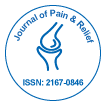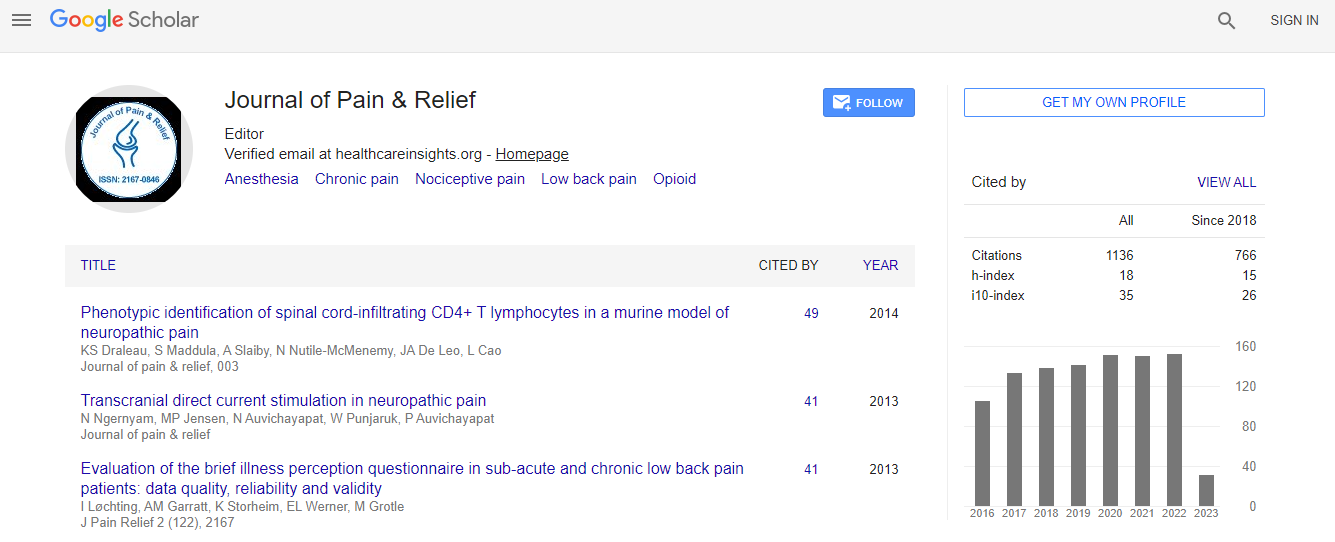Review Article
Obstacles And Pitfalls Of Endometriosis-Related Chronic Pelvic Pain Management: Trying To Alleviate The Burden
| Laganà AS1*, Salmeri FM2, Sofo V2, Pizzo A1, Retto G1, Sturlese E1, Granese R1 and Triolo O1 | |
| 1Department of Pediatric, Gynecological, Microbiological and Biomedical Sciences, University of Messina, Via C. Valeria 1, 98125 - Messina, Italy | |
| 2Department of Environmental Sciences, Safety, Territory, Food and Health, University of Messina, Via C. Valeria 1, 98125 - Messina, Italy | |
| Corresponding Author : | Antonio Simone Laganà Department of Pediatric Gynecological, Microbiological and Biomedical Sciences University of Messina. Via C. Valeria 1 98125 Messina, Italy Tel: (+39) 0902212183 Fax: (+39) 0902937083 E-mail: antlagana@unime.it |
| Received September 05, 2013; Accepted October 17, 2013; Published October 19, 2013 | |
| Citation: Laganà AS, Salmeri FM, Sofo V, Pizzo A, Retto G, et al. (2013) Obstacles and Pitfalls of Endometriosis-Related Chronic Pelvic Pain Management: Trying to Alleviate the Burden. J Pain Relief 2:123. doi: 10.4172/2167-0846.1000123 | |
| Copyright: © 2013 Laganà AS, et al. This is an open-access article distributed under the terms of the Creative Commons Attribution License, which permits unrestricted use, distribution, and reproduction in any medium, provided the original author and source are credited. | |
Abstract
Chronic Pelvic Pain (CPP) could be defined as the presence of non-cyclic pain of 6 months duration or longer that localizes to the pelvis and is severe enough to cause functional disability and require medical or surgical treatment. Among women who undergo laparoscopy for CPP, endometriosis results in approximately 1/3 of the cases; conversely, among women who do not have CPP, endometriosis is present in only 5% of cases. Moreover, accumulating evidences support the opinion for which CPP has poor correlation with endometriosis stage, moderate correlation with isolated presence of ovarian endometrioma, strong correlation with Deep Infiltrating Endometriosis (especially if it affects bowel or urinary tract) and/or adhesion. Endometriosis-related CPP could arise through different pathways: one of the clearest reason is that endometriotic lesion could provoke a compression or infiltration of nerves; another possible causes of arising CPP could be represented by the increase of Nerve Growth Factor (NGF) in the endometriotic lesion area; last but not least, CPP could arise and be exacerbated also by inflammation of the peritoneal microenvironment. The hormonal therapies do not eliminate the endometriotic implants and, for this reason, stopping the treatment pelvic pain and other typical symptoms of endometriosis may recur and exacerbate the pre-treatment condition. The surgical treatment of endometriosis-related CPP is still not perfectly encoded, due to the unclear etiology and the different response to therapies. For these reasons, there is necessity of more efforts to create new non-invasive strategies that set a more accurate diagnosis and treatment of the causes of endometriosis-related CPP.

 Spanish
Spanish  Chinese
Chinese  Russian
Russian  German
German  French
French  Japanese
Japanese  Portuguese
Portuguese  Hindi
Hindi 
